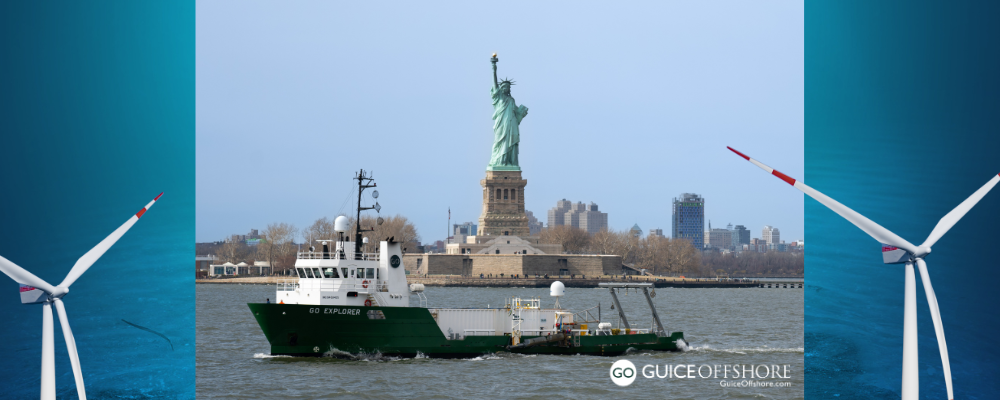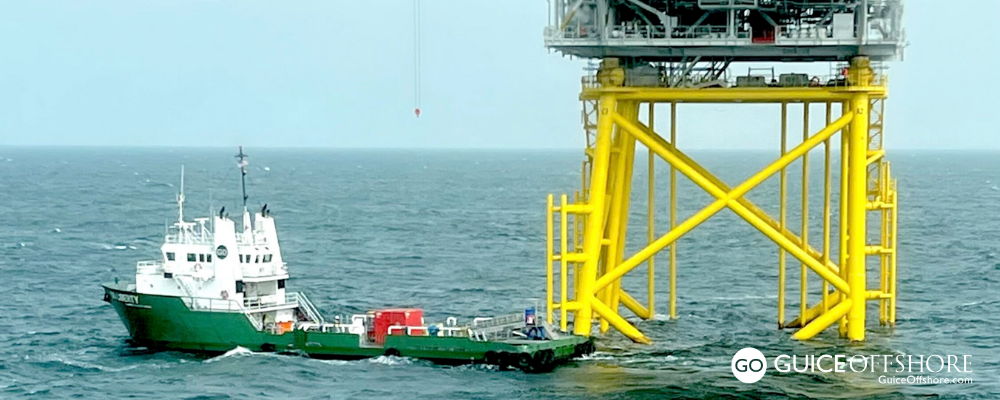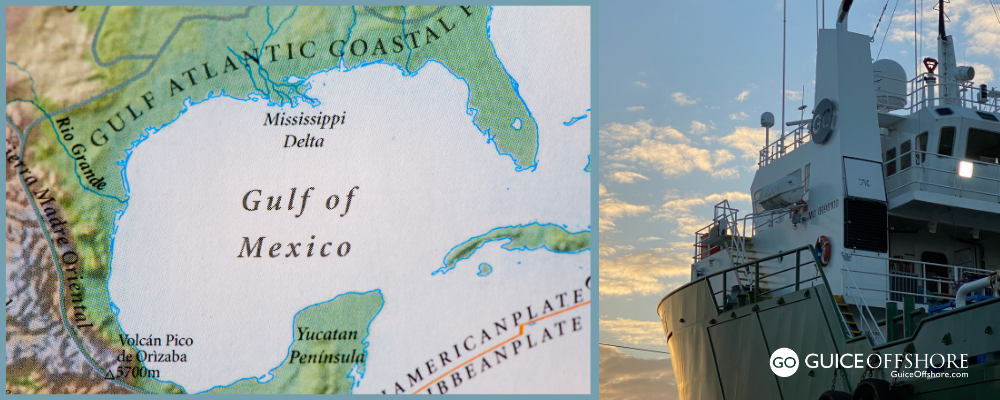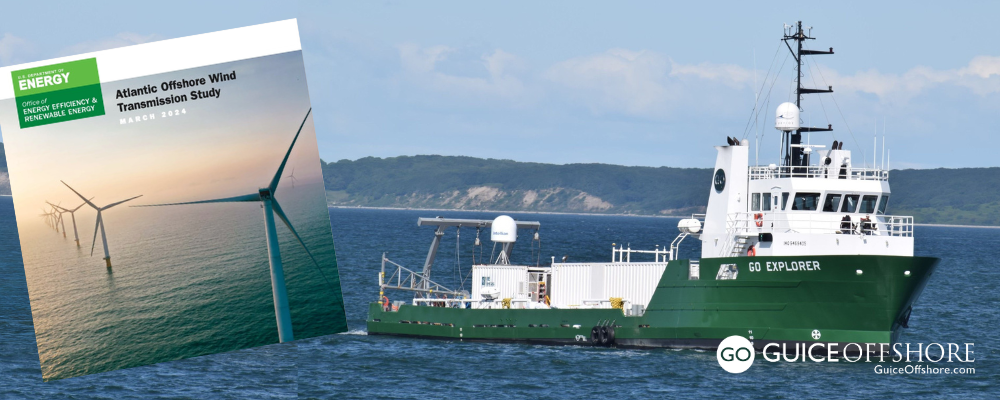The Bureau of Ocean Energy Management (BOEM) announced its approval of the Construction and Operations Plan for Equinor’s Empire Wind project today, February 23, 2024, marking another significant milestone in advancing an important New York offshore wind project that will help deliver on both state and federal renewable energy ambitions.
“We are proud to announce BOEM’s final approval of the Empire Wind offshore wind project,” BOEM Director Elizabeth Klein said. “This project represents a major milestone in our efforts to expand clean energy production and combat climate change.”
This is the project’s final approval from BOEM, following the agency’s Record of Decision approving the project in November 2023. It is expected to generate significant economic benefits for New York and the surrounding region, including supporting over 830 jobs each year during the construction phase and about 300 jobs annually during the operations phase.
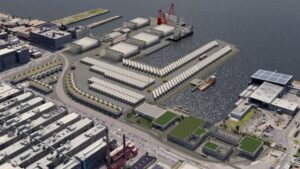
With this key permitting action by BOEM secured, Empire Wind is on track to begin construction in its federal lease area off the southern coast of Long Island later this year. Already well advanced in planning and development, Empire Wind 1 could deliver first power to New Yorkers by 2026. In addition, construction to transform the South Brooklyn Marine Terminal into a major hub for offshore wind could begin as early as this spring.
“We are ready to get to work,” said Molly Morris, President of Equinor Renewables Americas. “Today’s COP approval follows years of rigorous review and collaboration with BOEM and other federal agencies. Equinor is grateful for a shared commitment to achieving state and federal offshore wind ambitions and Empire Wind is one step closer to delivering renewable power to hundreds of thousands of New York homes.”
The approved plan includes construction and operation of two offshore wind facilities, known as Empire Wind 1 and Empire Wind 2. The lease area is located about 12 nautical miles (nm) south of Long Island, N.Y., and about 16.9 nm east of Long Branch, N.J. Together these projects would have a total capacity of 2,076 megawatts of clean, renewable energy that BOEM estimates could power more than 700,000 homes each year.
Since 2021, the Department of the Interior has approved the nation’s first six commercial-scale offshore wind energy projects. BOEM has held four offshore wind lease auctions, which have brought in almost $5.5 billion in high bids, including a record-breaking sale offshore New York and New Jersey and the first-ever sales offshore the Pacific and Gulf of Mexico coasts. BOEM has also advanced the process to explore additional opportunities for offshore wind energy development in the Gulf of Maine, Gulf of Mexico, offshore Oregon and the Central Atlantic coast. The Department has taken steps to evolve its approach to offshore wind to drive towards union-built projects and a domestic-based supply chain.
For more information about the Empire Wind project and other offshore wind activities, visit BOEM’s website.
First submitted in 2020, the Empire Wind COP authorizes detailed plans for offshore and onshore construction and operations based on years of environmental reviews, input from outside experts, and extensive public feedback. BOEM’s announcement follows the November 2023 approval of Empire Wind’s federal Record of Decision.
Empire Wind has recently received several federal approvals. Last week, it received its Clean Air Act permit from the Environmental Protection Agency. Earlier this week, it received its approval from the NOAA National Marine Fisheries Service in accordance with the Marine Mammal Protection Act.
Empire Wind 1 is currently bidding into New York’s fourth offshore wind solicitation.
About Empire Wind
Empire Wind is being developed by Equinor, a leading energy company with more than 20 years of experience with offshore wind and an already strong offshore wind portfolio with assets in key markets including the UK, Poland, Germany and South Korea. As a flagship project in the U.S., Empire Wind will help boost economic activity, build supply chains and create well-paid union jobs in the New York communities the project will serve.
Empire Wind is located 15-30 miles southeast of Long Island and spans 80,000 acres, with water depths of between approximately 75 and 135 feet. The lease was acquired in 2017. The project’s two phases, Empire Wind 1 and 2, have a potential capacity of more than 2 GW (810 + 1,260 MW), enough to power over 1 million New York homes. www.empirewind.com
About SBMT
The 73-acre South Brooklyn Marine Terminal – a historic home for New York City’s working waterfront – is set to transform into one of the nation’s largest dedicated port facilities for offshore wind in the U.S. and will support the staging and assembly of offshore wind turbine components for Empire Wind and the East Coast’s growing offshore wind industry.
SBMT will serve as the operations and maintenance (O&M) hub for Empire Wind 1 and will be the site of the project’s onshore substation. A low-emissions facility with solar power and EV charging stations installed onsite, the port will provide onshore power and charging for the Empire Wind Service Operations Vessel, the first plug-in hybrid vessel for the U.S. offshore wind industry.
About the Bureau of Ocean Energy Management (BOEM)
The Department of the Interior’s Bureau of Ocean Energy Management (BOEM) is responsible for America’s offshore energy and mineral resources. The bureau promotes energy independence, environmental protection and economic development through responsible, science-based management of energy and mineral resources on the U.S. Outer Continental Shelf.
